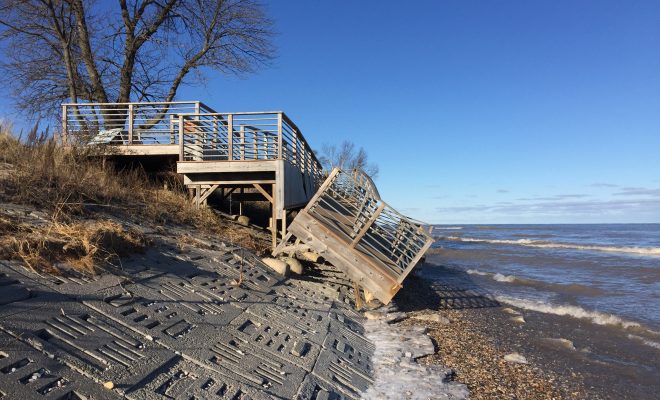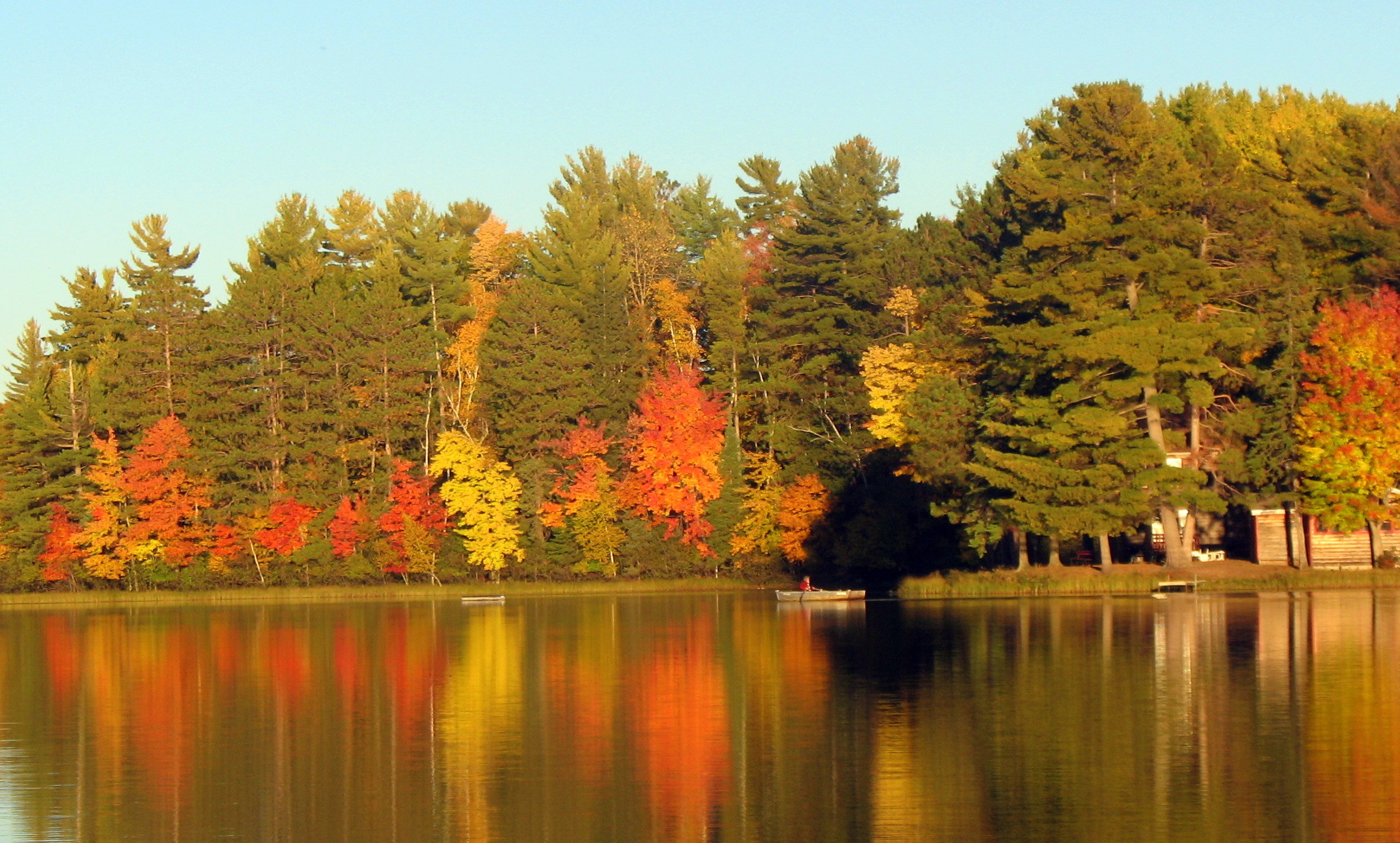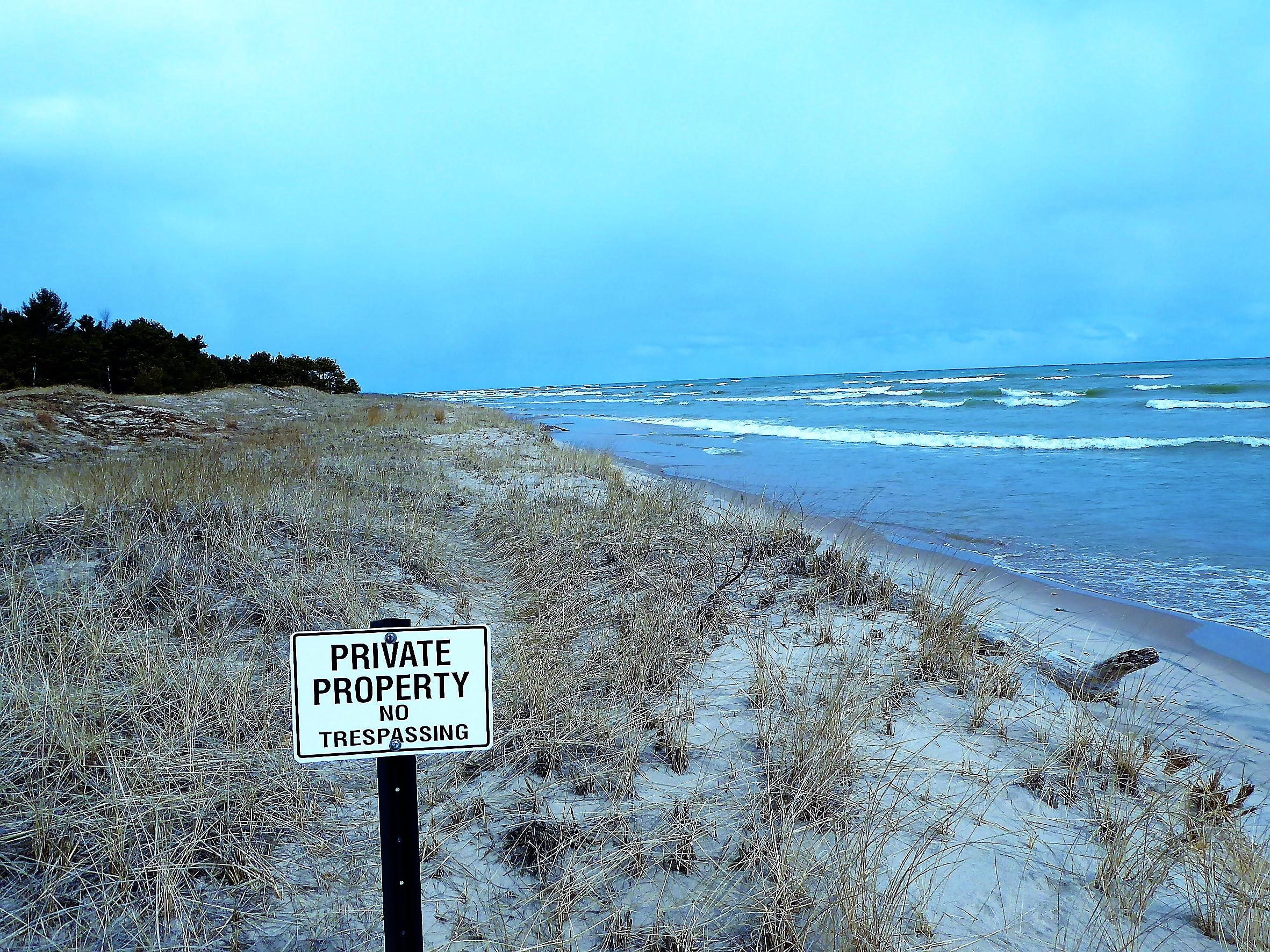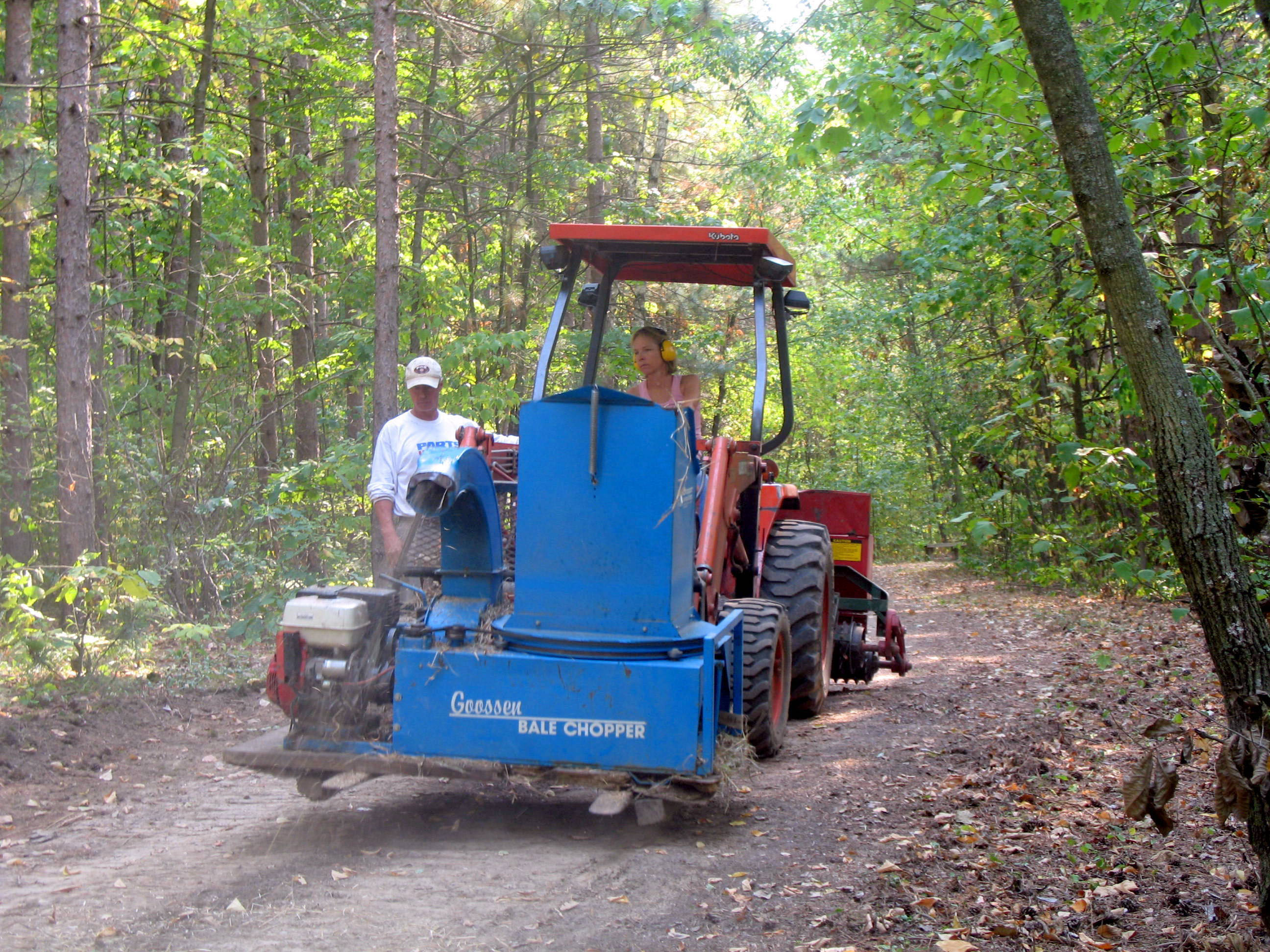High water levels affecting health and recreation

BY MICHAEL MCFADZEN
Water continues to be a big story in Wisconsin. From groundwater contamination affecting wells to high lake levels affecting private and state property, Wisconsin has never seen anything like this before. Could the land of water finally have too much water? Here’s the backdrop.
Wisconsin is covered in water – 15,000 lakes, rivers and streams and two of the biggest freshwater lakes in the world, Superior and Michigan. Breathtaking scenery and a wide array of wildlife provide an enviable setting with thousands of miles of shoreline, where water enthusiasts can paddle, fish, swim or just take it in.
The Great Lakes are near or at historical high levels with Superior, Ontario and Erie setting high water marks in 2019, and Lakes Michigan and Huron forecast to set record high levels with the winter snow melt. Many inland lakes, rivers and streams are also near record highs. These high water levels are wreaking havoc in many areas. Lakeside erosion has caused several houses to slide into Lake Michigan, and others sit precipitously on lake’s edge. There have been significant dock and lakeside infrastructure damage including many trails that are not passable due to high water levels.
Effects on Recreation
A recent hike on the Ice Age trail at Point Beach State Park was abruptly halted, as the trail was flooded from an overwhelmed Molash Creek. A planned Lake Michigan beach walk was jettisoned due to high water and no remaining beach. Two years ago there was 20-30 feet of sandy beach in the same spot. Kohler-Andre State Park near Sheboygan also has significant beach erosion.
Point Beach State Park Property Manger Guy Willman is troubled by storm and high water damage. A recently constructed lake accessibility ramp was significant damaged and likely can’t be reconstructed until lake levels recedes.
“The good news is there might be stewardship funding available to help pay to rebuild it,” Willman told Silent Sports. “But the design and build will be different to enable it to withstand the high lake levels. We are seeing water where there has never been water before. It’s been challenging.”
Last year the DNR added gravel to raise several soggy campsites, and now these same campsites are under water.
“Erosion from high water is taking down shoreline trees,” Willman said. “And we can’t groom the ski trails because parts of the trails are under water. The water will have to freeze to get the groomer through.”
Lake and river side parks throughout the Midwest have reported similar trail closures and damaged infrastructure.
Water Quality Concerns
Wisconsin appears to be particularly vulnerable to these climate machinations, according to the National Climate Assessment Report. The report forecasts more extreme weather events including heavy downpours causing flooding that will affect health, agriculture, forestry, air and water quality. It is transforming where and how people live and present challenges to health and quality of life.
High water levels are also having significant impacts on water quality. The growth of concentrated animal feeding operations (CAFO) has led to a significant progression of spreading manure across farm lands. Overwhelmed streams distribute manure and its related nutrients into waterways. The increase in nitrogen and phosphorus from farm and human waste also causes algae that can make humans and animals sick. Eastern Wisconsin has been particularly hard hit. Sheboygan County Administrator Adam Payne cited the CAFO contamination of streams and waterways the No. 1 issue affecting natural resources in the county.
Lake levels are cyclical and will likely change with time. But water quality has attracted attention from politicians and citizens alike due to health and natural resource concerns. There is widespread acknowledgment of the problem with the Wisconsin legislature developing a task force on water quality. The Task Force formation was likely a reaction to a study performed in which 42% of 301 randomly selected wells tested exceeded federal bacteria guidelines.
Lawmakers from these areas are hearing from their constituents who are irate about well water that is contaminated by pathogens. The three main threats to Wisconsin’s drinking water are from nitrates, lead and Polyfluoroalkyl substances (PFAS). According to a statement released by Representative Tim Ranthum, PFAS is one of the biggest threats to ground water, and it comes from firefighting foams. It clearly poses an environmental and health risk.
Legislation
Wisconsinites deserve to have safe, clean and healthy water, according to a statement released by Assembly Speaker Robin Vos.
“We’re beginning this essential work by gathering input from across Wisconsin,” Vos said. “I’m pleased that many legislators have agreed to take part in this statewide, collaborative effort.”
The task force is charged with assessing water quality and making recommendations to remediate these issues:
A wide range of bills will be proposed by the Water Quality Task Force. Co-chair Representative Katrina Shankland shared some details.
“Our focus is on science-based decision making,” Shankland said. “There is no one size fits all solution because of different issues in different areas of the state.”
Potential legislation includes increased funding for nutrient management for farmers, funding county conservation staff and developing a grant program which rewards counties that collaborate with others. The Assembly will finalize these measures in February before being considered by the Senate later this year.
It appears that water quality is an issue that everyone can get behind.





